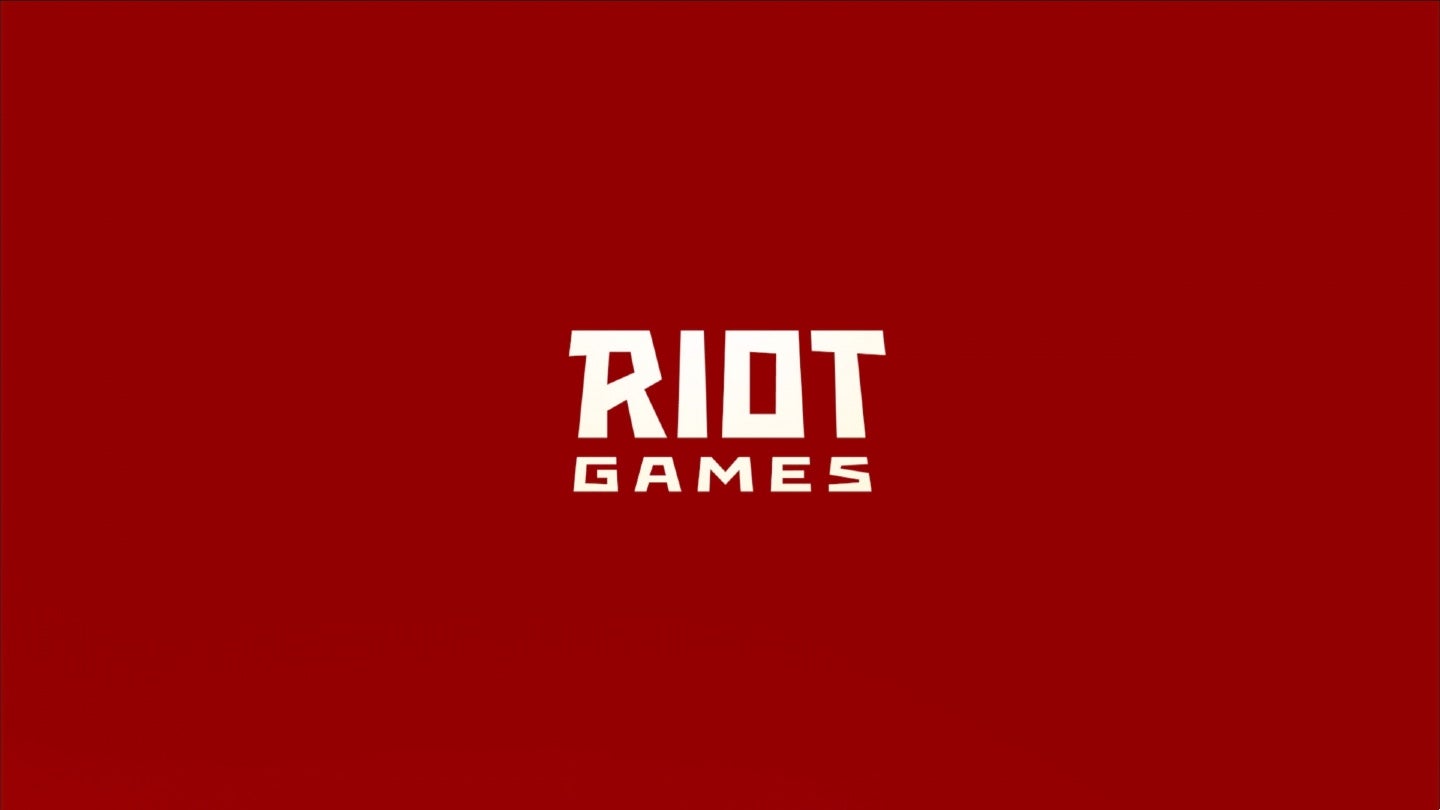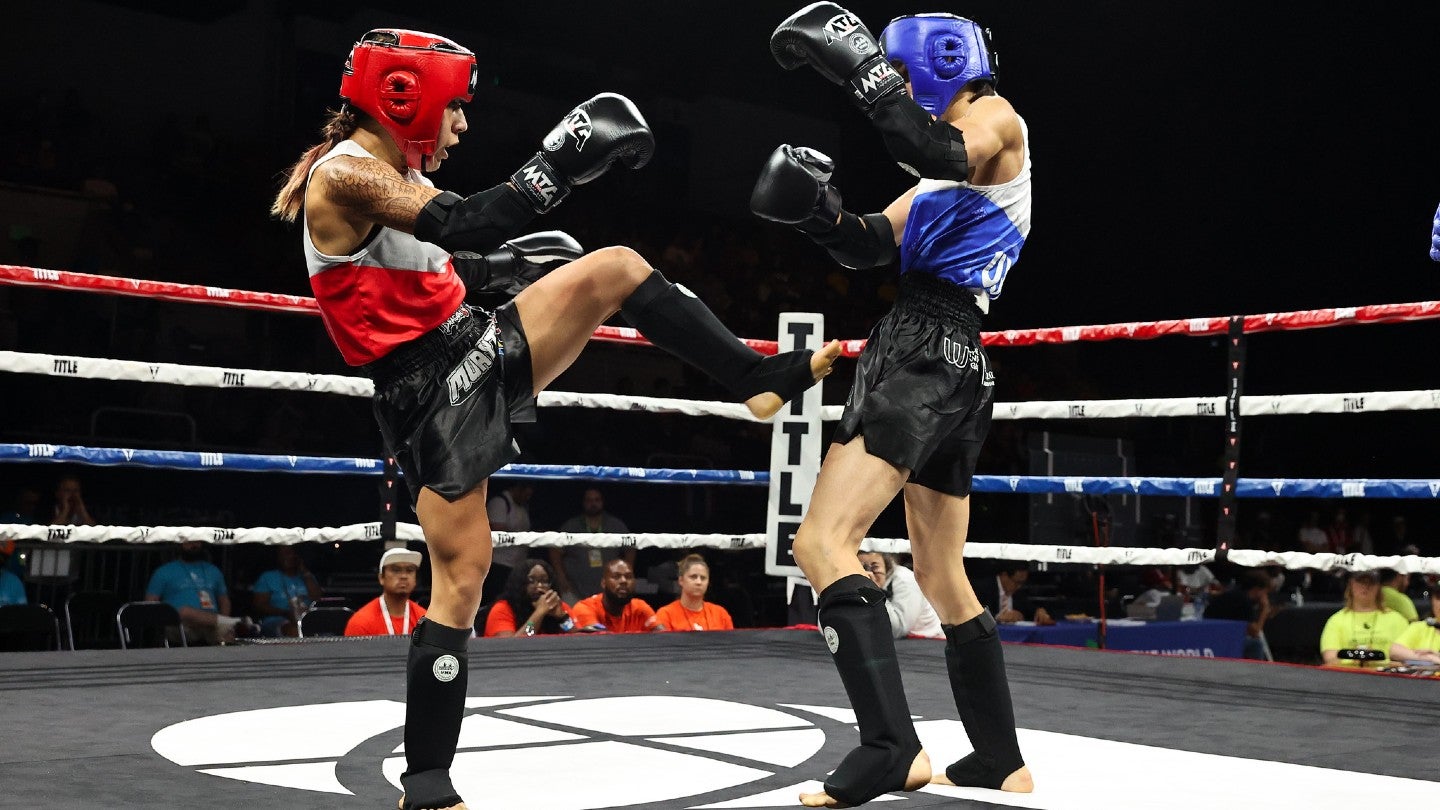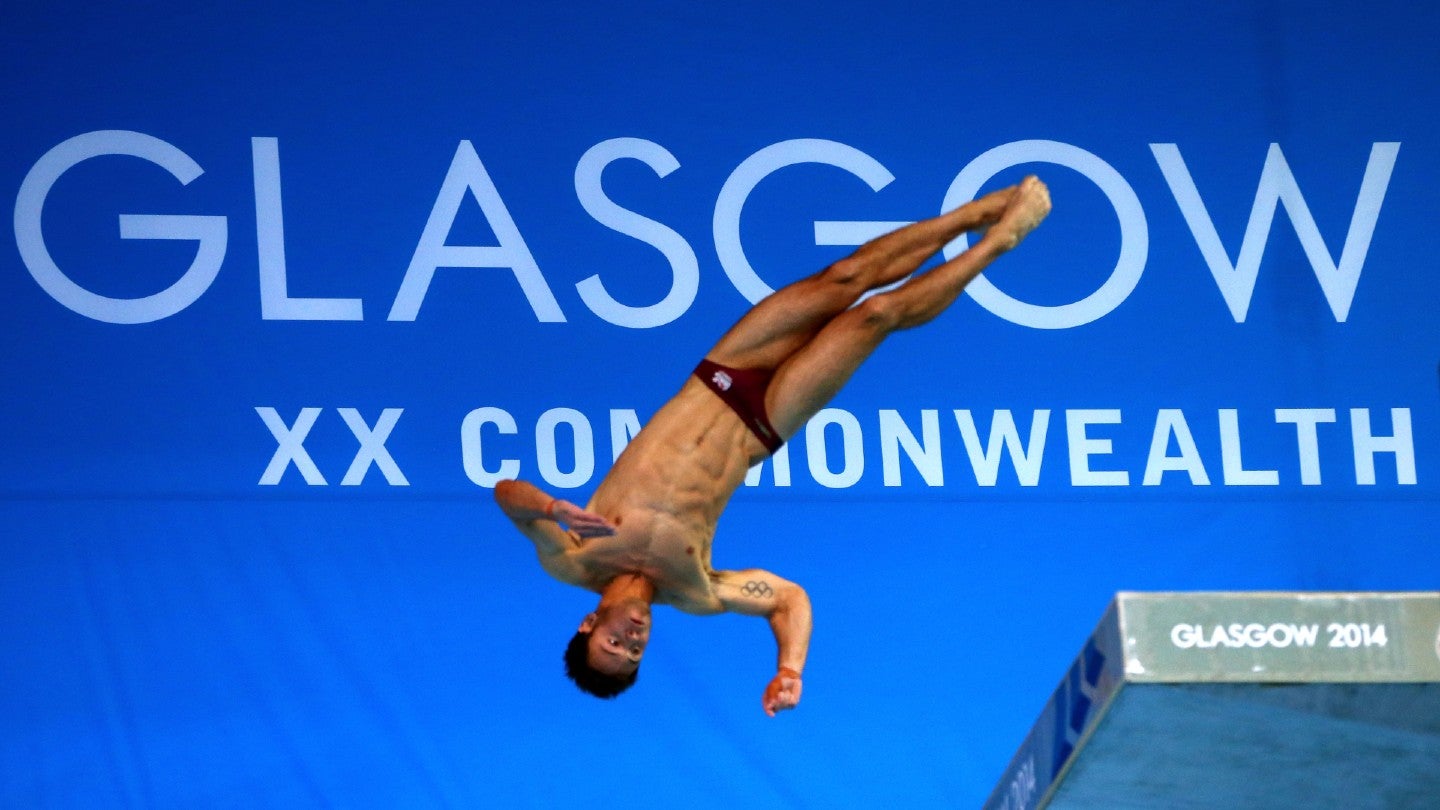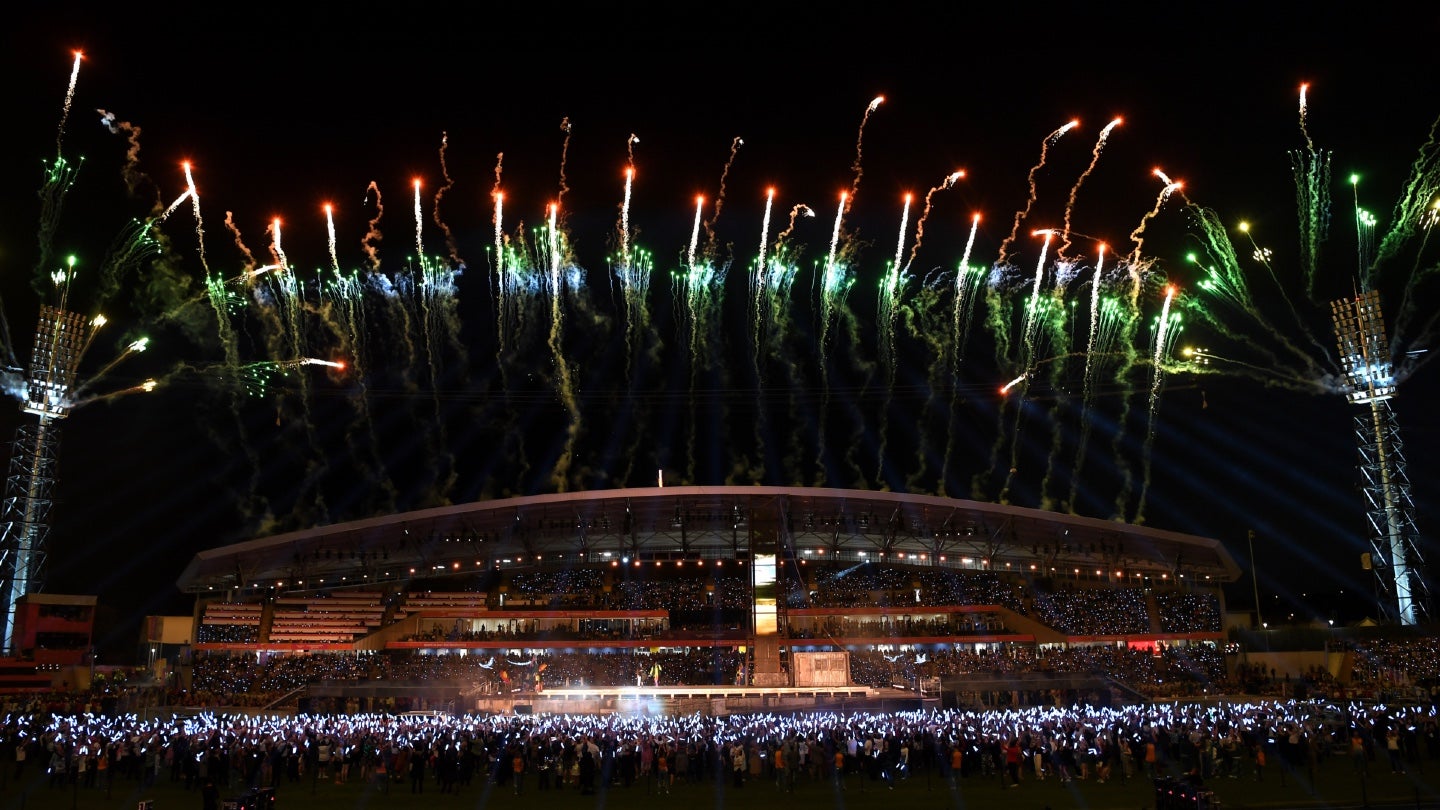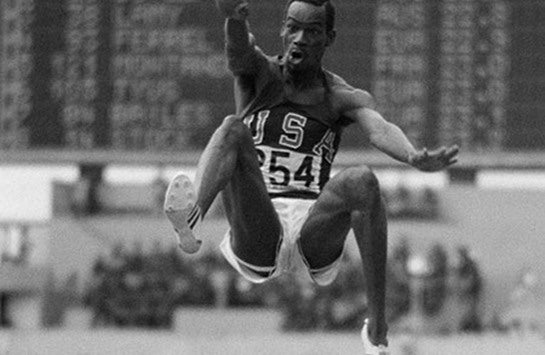
On 18 October 1968 at the Olympic Games in
Mexico City, amateur photographer and accountant by trade Tony Duffy bluffed
his way trackside to capture an image of American athlete Bob Beamon as he
leaped 8.90m to win gold and set an Olympic record during the men’s long jump
event. Tony then tucked his camera away and continued on his holiday.

“I assumed the press photographers had all
got the Beamon jump too and it was weeks after I returned to London that it
began to dawn on me that I had taken something fairly unique,” recalls Duffy,
now aged 81. “What he did that day changed both our lives.”
Emboldened by the reception he received
from the UK newspapers about his picture, Duffy went on to found Allsport, the
world’s first dedicated sports photography agency, along with business partner
John Starr.
“In those days there were no specialist
sports photo agencies covering international sports,” explains Duffy. “Most
sports photographers shot black and white for the newspapers, none of which
used colour. I wanted to combine my love of travel, sport and photography by
covering international sports and supplying the magazine, book and advertising
markets with quality imagery.”
Starting its core business supplying the
UK’s newspaper industry, Allsport very early identified the value of imagery as
a communications tool for sports sponsors and brands alike and expanded its
business model in the late 1980s to service a burgeoning sports sponsorship
industry.
Lee Martin, Senior Vice President Strategic
Development at Getty Images who joined Allsport in 1983 and came across to
Getty Images during its 1998 acquisition of the sports photography agency, recalls
that it was the advent of the Premier League that sparked the growth of
Allsport’s commercial business.
How well do you really know your competitors?
Access the most comprehensive Company Profiles on the market, powered by GlobalData. Save hours of research. Gain competitive edge.

Thank you!
Your download email will arrive shortly
Not ready to buy yet? Download a free sample
We are confident about the unique quality of our Company Profiles. However, we want you to make the most beneficial decision for your business, so we offer a free sample that you can download by submitting the below form
By GlobalDataWe started to identify where sponsors were included in an editorial image and proactively pitch them
“We already had relationships with many of
the major governing bodies of sport and as commercial sponsorship evolved we
were able to supply the images they and their partners needed to promote the
sport to media and fans,” he says. “We also started to identify where sponsors
were included in an editorial image and proactively pitch them. With the
Premier League, it got to the point where we were providing sponsors with
library content and live coverage.”
It was a symbiotic relationship, with
sponsors commissioning the agency to shoot an event they were sponsoring and
then looking to the value of the media placements secured through the Allsport
distribution.
“They would look at the use we got for them
on print and (eventually) online and judge their return on investment based on
these placements,” Martin continues. “Distribution was a big part of validating
sponsorship spend.”
Fast forward to today and Getty Images
Sport’s unrivalled scale of distribution is still a key consideration for
global sports bodies and sponsors doing business with the agency. Getty Images
reaches publishers, brands and businesses in almost every country in the world,
offering sports bodies and sponsors key exposure in global markets.
Photographic talent is another reason
Martin and Duffy cite for the continued market leadership of first Allsport and
then Getty Images Sport.
Duffy explains: “It was the ability of our
photographers that raised the profile of Allsport and led on to Getty Images.
Names like Bob Martin, David Cannon, Al Bello, and too many others to mention.
The basic principles remain the same, but Getty have taken advantage of the
digital revolution to expand our global reach to heights we previously only
dreamed of.”
Photographer David Cannon, who joined
Allsport in 1983, has covered over 100 men’s Major golf tournaments and
authored the now iconic image of a triumphant Seve Ballesteros as the Spanish
golfer celebrated winning the 113th Open Championship held on the Old Course at
St Andrews, Scotland in 1984.

“Back in those days we were still shooting
on film and it could be five to six days before you would see what you had
captured,” he says. “You know when you’ve got that special picture and I drove
through the night from St Andrews to London and was on the doorstep when John G
[Gichigi] the darkroom manager opened up. I got that roll of film back by 10am
that morning. It was manual focus in those days so there was always a slight
tinge of horror in the anticipation that you may have shot it out of focus.
Thankfully, this was not the case on that occasion.”
Cannon believes that part of the reason
Getty Images sport photographers are so good is that they were allowed to
specialise in their sports. It’s a belief Ken Mainardis, Senior Vice President
Global Editorial at Getty Images echoes.
“We are very clear about our
differentiation and why sports organisations and sponsors should work with us,”
he says. “We have the best access, we have the best operations team in the
business and we have a roster of award-winning, subject-matter-expert
photographers who understand what imagery best engages people. Their
photographic talent is second to none.”
A major turning point for Allsport’s
business was the switch from analogue to digital with the investment of a Hasselblad
picture desk in 1988, enabling the agency to take images from camera to
customer in minutes down from days.
Cannon remembers: “Even back in those days,
we were always as fast as we could be.”
The rapid advance of technology – particularly in the last 30 years – has had a huge impact on the sports photography business
It’s this spirit of innovation that lives
on in the Allsport legacy through Getty Images Sport, according to Mainardis,
who adds: “The rapid advance of technology – particularly in the last 30 years
– has had a huge impact on the sports photography business and the importance
of imagery as a communication tool for sports sponsors and governing bodies
alike.
“Innovations we have made in speed from
camera to customer and our pioneering use of remote, robotic and underwater
cameras have all indelibly impacted the ability of our customers and partners
to take their audiences closer to the action than ever before.”
Mainardis cites the recent FIFA World Cup in
Russia as an example where the company took viewers even further into the heart
of the action. “Robotic and remote technology is moving toward smaller cameras,
so we can put them in places we would never have had a camera previously,” he
says. “At the World Cup final we placed a new camera on the stanchion of the
net which created pictures effectively placing the viewer ‘in goal’.”
---545x355.jpg)
Along with evolving technology, it’s social
media that Mainardis credits as having the biggest impact on sports photography
as a discipline and business.
“With the explosion of digital and the
advent of the smartphone and social media platforms, it’s no longer good enough
just to capture the moment,” he explains. “You need to show it in a way people
haven’t seen before. Our photographers are engaged in what could be described
as a ‘creativity arms race’ – constantly pushing to produce something which
stops people in their tracks and shows a new side to a sport.”
The race is also on in speed of delivery.
Mainardis says Getty Images delivers key imagery in under five minutes in all
cases and in under a minute for medal or goal moments, servicing the commercial
need for sports governing bodies, sponsors and brands to deliver content to
their audiences in near real-time to encourage and capture engagement.
Getty Images positions itself as the
partner that can help organisations and sponsors grab those audience eyeballs.
The company is the official photographer or photographic partner to over 80 of
the world’s sports governing bodies, leagues, and clubs, including the IOC and
FIFA, which Mainardis explains gives his team the opportunity to work in an
integrated and strategic manner to address the communications goals of their
different partners.
We made the decision in the early 2000s that it wasn’t going to be enough to just supply content to sports governing bodies
“We made the decision in the early 2000s
that it wasn’t going to be enough to just supply content to sports governing
bodies,” he says. “We saw the mutual value in becoming part of the family,
acting as their in-house photographer and content partner. So we made the
investment of lowering cost exposure for the governing body and returning
maximum value to them and their partners.”
In the case of FIFA, that has meant Getty
Images working in partnership with the football organisation’s content teams
from the moment a new World Cup host country is announced to plan out what
content they will need across their various platforms, what that content will
look like and how Getty Images will deliver it to them in as near real time as
possible.
The agency also has its photographers
shooting and consulting on the look of the FIFA World Cup official team and
player portraits, advising on an aesthetic that will work well in media and
brand communications and – most importantly – across social media. These and
the editorial images captured during the tournament are housed in a FIFA
Collection on gettyimages.com where they are available for licensing by the
agency’s global customer base, providing an additional revenue stream back to
the sports body.
---545x355.jpg)
“Different sports governing bodies need
different things from us,” explains Mainardis. “Some want to make imagery a new
revenue stream for themselves. Other governing bodies look at imagery as a tool
to attract more sponsors to their sport. In both cases, there is an
acknowledgment of the importance imagery plays in the sports business
ecosystem.”
So what does Tony Duffy, the man who
started it all have to say about where his vision has led?
“I try to check Getty Images’ sports coverage on a daily basis and I’m constantly impressed with what they have achieved,” he replies. “I also admit to a feeling of pride and satisfaction to see my original vision taken to such heights. Getty’s coverage has become a synonym for excellence in shooting sports events.”



